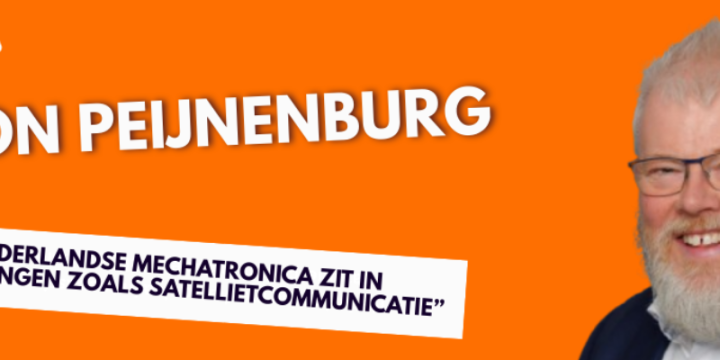Digitisation by SMEs, the use of digital innovations and the quality of the digital infrastructure have improved. At the same time, the pace is too slow to keep the Netherlands among the world's top, there is a significant shortage of ICT specialists and private investments in the digital infrastructure are lagging behind. This is evident from the progress report of the cabinet strategy Digital Economy that the Council of Ministers has approved on the proposal of Minister Beljaarts of Economic Affairs.
Digitisation by SMEs, the use of digital innovations and the quality of the digital infrastructure have improved. At the same time, the pace is too slow to keep the Netherlands among the world's top, there is a significant shortage of ICT specialists and private investments in the digital infrastructure are lagging behind. This is evident from the progress report of the cabinet strategy Digital Economy that the Council of Ministers has approved on the proposal of Minister Beljaarts of Economic Affairs.
Minister Beljaarts: “In 2022, we set ambitious goals for the digital economy. This is one of the driving forces behind our future jobs and income. The Netherlands is now among the world's best. However, the speed of technological developments outside the EU and poor labor productivity growth are increasingly putting pressure on our opportunities. That is why the government is going to work extra hard on tackling the shortage of ICT specialists and unnecessary regulatory pressure, and supporting more private investments in advanced technologies such as AI and cloud.”
The government strategy has as its ultimate goal an enterprising, innovative, sustainable and safe digital economy in which everyone in the Netherlands can participate. The effort also contributes to reducing undesirable risky dependencies on countries outside the EU in the Netherlands and Europe. The strategy will better defend public interests and increase economic resilience.
Accelerating the digitalisation of SMEs
The government's ambition is to be among the European top 3 in 2030 in terms of the application of digital technologies by SMEs. This means that 95% of Dutch SMEs will apply at least a basic level of digitalisation, compared to 75% in 2021. The basic level will have risen to 81.5% in 2024. Substantial steps are therefore still needed to reach 95%.
In addition, the aim is to increase the use of advanced digital technologies – such as cloud, artificial intelligence (AI) and data analytics – within SMEs to at least 75% by 2030. More SME entrepreneurs are now applying AI (from 13% to 23%) and cloud services (from 64% to 71%). However, the development of Dutch and European innovations, especially when it comes to cloud applications, is lagging far behind the United States and Asia. This threatens the economy and security. Also, because the supply of digital professionals is no longer growing in the Netherlands. The government wants to address this last point with, among other things, the Digital and Green Jobs Action Plan and the upcoming Productivity Agenda.
Maintaining and strengthening digital infrastructure
The Dutch digital infrastructure (fixed and mobile networks, sea cables, internet nodes) ensures fast access almost everywhere and at all times, is safe and reliable. The government wants to keep it this way and expand it further. That is why the government is looking, together with investors and market parties, at, for example, additional private investments in the data and cloud infrastructure.
99% of Dutch connections already have access to fast broadband internet (≥1 Gigabit per second) via cable or fiber. The goal is to have this realized everywhere by 2030. Various wireless and affordable solutions are now available for this via market parties.





